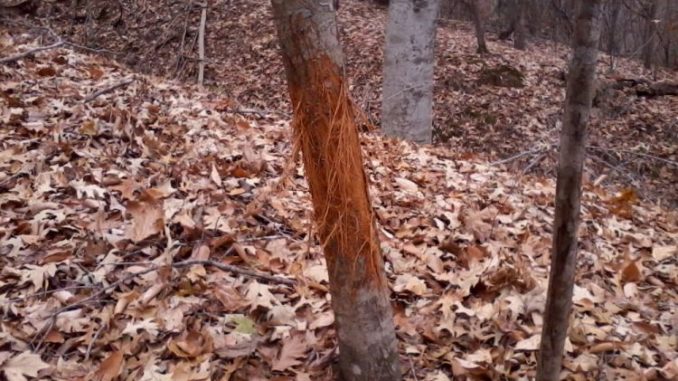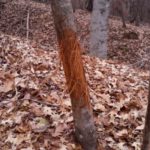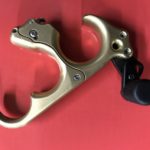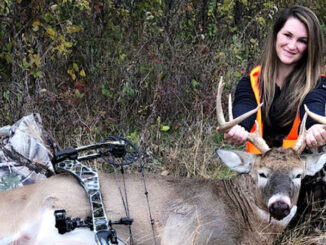
Review this season’s successes and failures, then adjust to up your odds next fall
As I write this, another year’s deer season has come to a close. For many hunters, this is a sad time, as thoughts of a long offseason become reality.
I’ve often heard it said, “Every ending is a new beginning.” This is especially true when it comes to deer hunting with a bow. After the season, I like to reflect back and compile a list of things that went right or wrong. This is no different than a football team watching film to analyze its performance.
By doing this, I am able to isolate and focus on problems like my shooting form, stand placement or scent-control regimen so these errors are not repeated next season. The time to identify and correct these issues is now, not several months down the road when they are easily forgotten or overlooked.
Adjust bow, form
This past season, I struggled with a bad case of target panic, which made it very difficult to hunt with my bow. I was punching the trigger on my release aid so much that I had little confidence in my ability to make a clean kill. I switched over to my crossbow, but I am a vertical bow guy at heart.
I am already working hard to manage my target panic. By lowering my draw weight, shooting a hinge-style release aid and temporarily removing my sight, I am reducing my tendency to punch the trigger. This requires developing new muscle memory, which takes quite a while and a lot of practice.
I don’t typically take long shots at game anymore, so I have decided to start shooting heavier arrows, which should help with penetration at my new, lighter draw weight. I am also going to resume shooting fixed-blade broadheads. I never make major changes to my form or setup during the season because it takes time to become proficient after doing either. By making these adjustments now, I should be ready in plenty of time for next year’s bow opener. Bowhunters who wait until just before the season to make adjustments put themselves in a bad spot.
Scout the woods
I also noticed that a lot of deer were skirting several of my stands this past season. I made a mental note of these, and I am going to relocate those stands to take advantage of what the deer were doing.
Late winter and early spring are the best time to scout and locate stands for next year. Post-season scouting is key to understanding how deer move through and utilize any piece of property. Because it is eight months before next season, a hunter can move about the woods freely without worrying about disturbing deer. In fact, jumping a big buck from its bed will only help to pinpoint one of its bedding locations, because it will have plenty of time to settle down and get over the intrusion.
Also, with the woods barren, rubs and scrapes are easier to spot from longer distances. Game trails are usually well-worn from heavy use, making them stand out. Most hunters have accumulated a long list of “honey-dos” that might make it difficult to get into the woods after the season. Even so, I can assure you, any time spent scouting now will pay off in spades when hunting season rolls around next fall.
Another advantage to post-season scouting is the ability to clean trees that you intend to hunt next season. I am extremely allergic to poison oak/ivy, and during the late winter/early spring these plants are dormant, making it less likely for me to have a reaction. I try to cut a section covering several inches out of all of these vines around the base of any tree I intend to climb or hang a stand in. This way, by the time I climb the tree, the vines have withered and died. Shooting lanes are also easier to trim without the weight of leaves on limbs and branches. Just be careful not to overdo it, as the woods will look much different after green-up in late spring, and thus, next fall.
By reviewing this past season, you can make adjustments to improve your odds this fall. Like most things in life, you get out of deer hunting what you put into it. Success favors the organized and prepared hunter.




